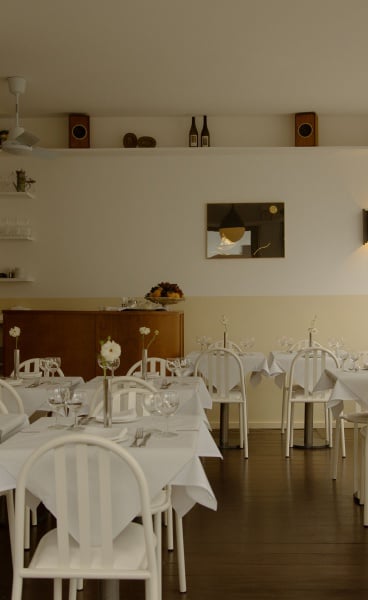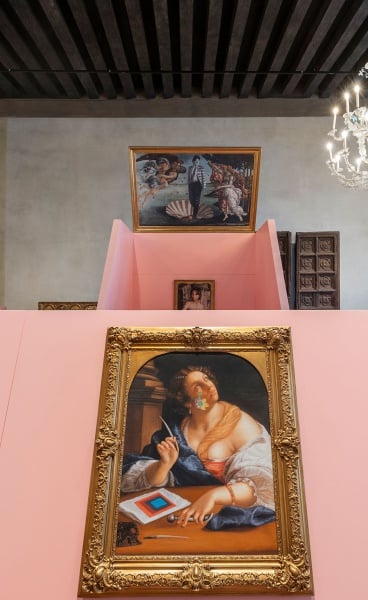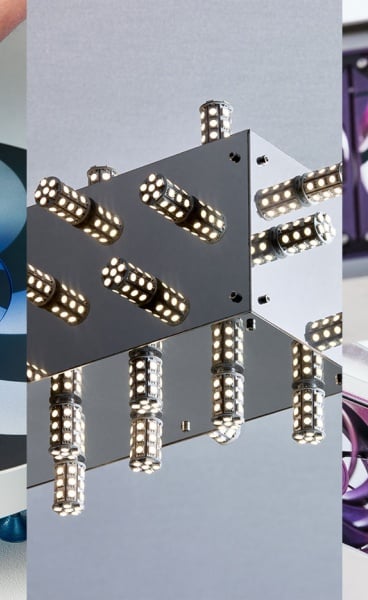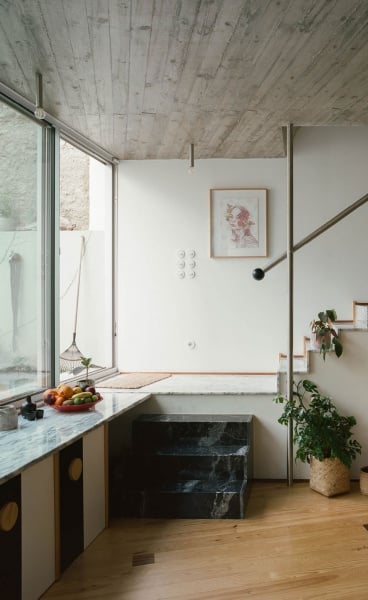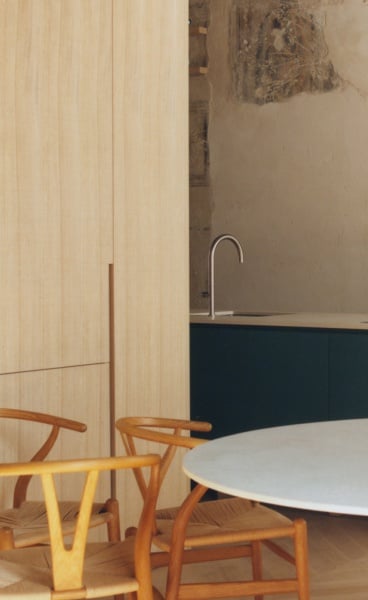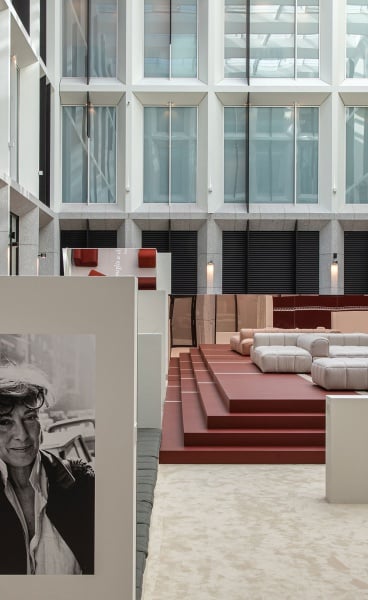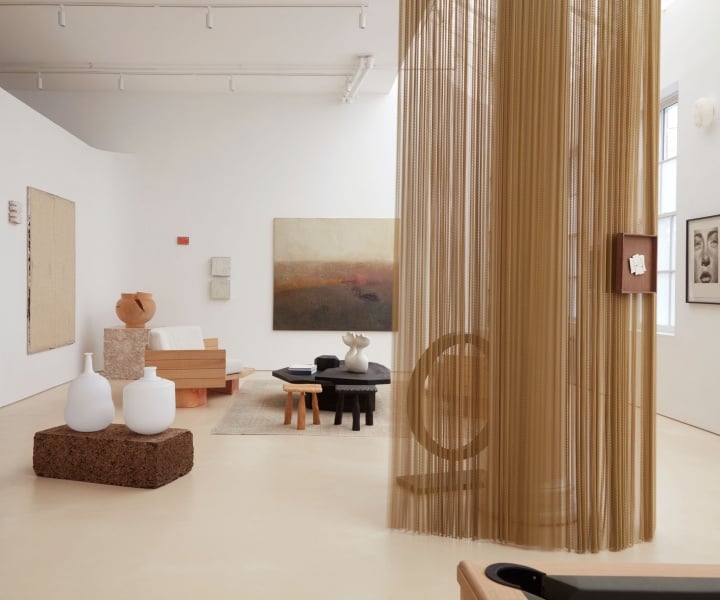Project Name
Ace Hotel KyotoPosted in
Hotels, Design, Interior DesignLocation
Telephone
+81 75 229 9001Design Studio
CommuneCompleted
2020Rooms
213Official Website
Ace Hotel Kyoto| Detailed Information | |||||
|---|---|---|---|---|---|
| Project Name | Ace Hotel Kyoto | Posted in | Hotels, Design, Interior Design | Location |
604-8185
Kyoto 245-2, Aneyakojidori Higashinotoin-nishiiru |
| Telephone | +81 75 229 9001 | Design Studio | Commune | Completed | 2020 |
| Rooms | 213 | Official Website | Ace Hotel Kyoto | ||
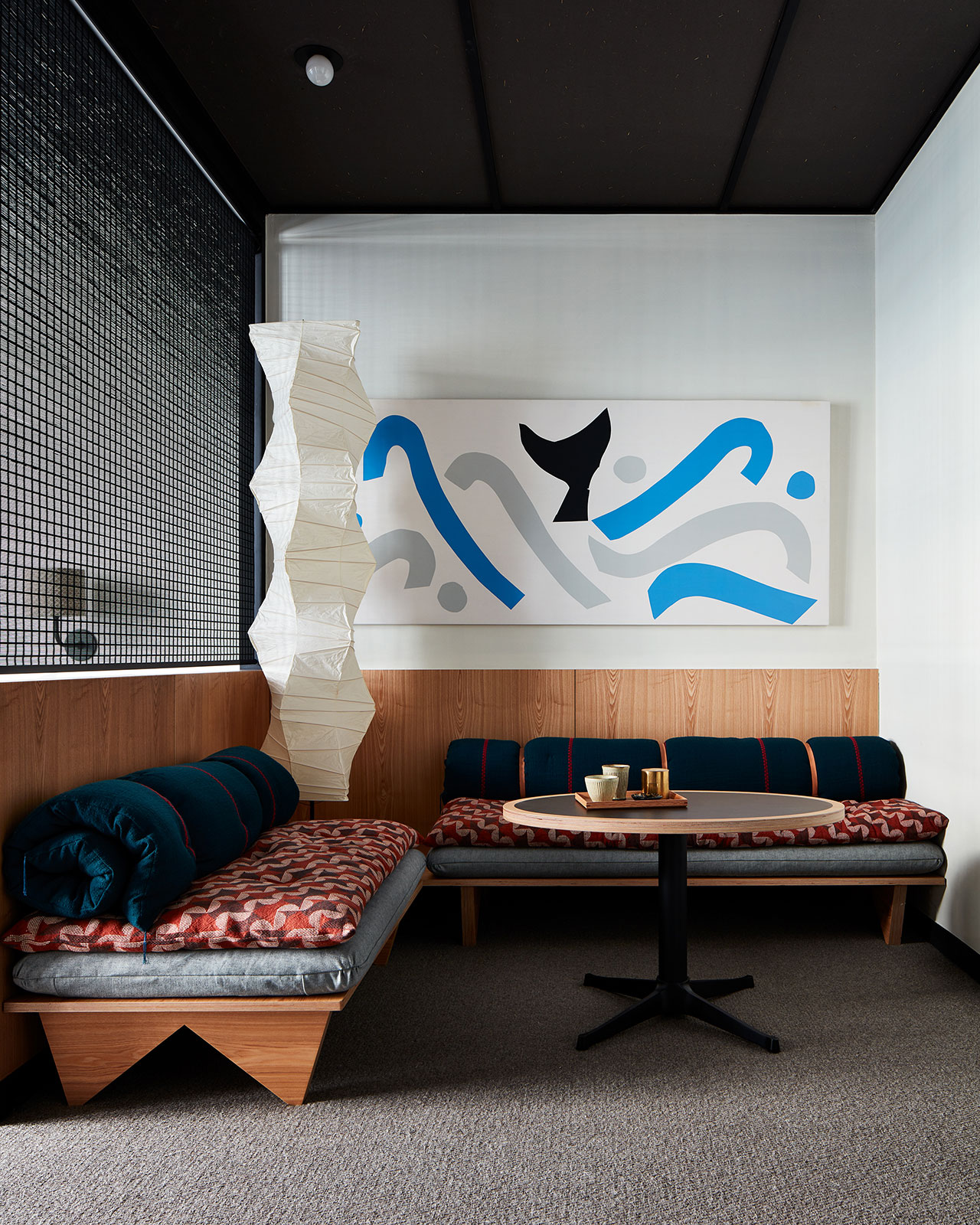
Ace Hotel Kyoto.
Guestroom.
Photo by Stephen Kent Johnson.

Ace Hotel Kyoto.
Guestroom.
Photo by Stephen Kent Johnson.
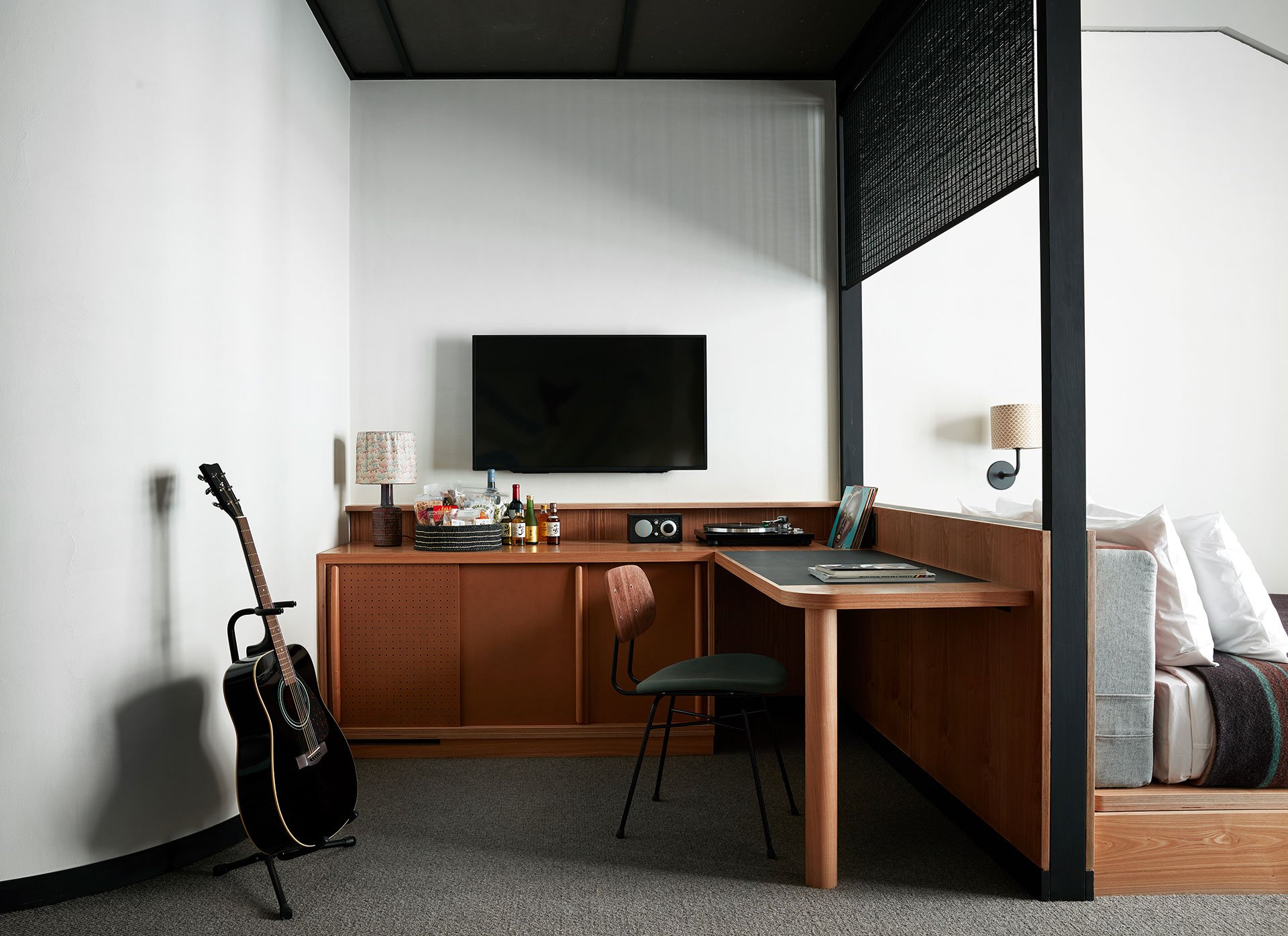
Ace Hotel Kyoto.
Guestroom.
Photo by Stephen Kent Johnson.
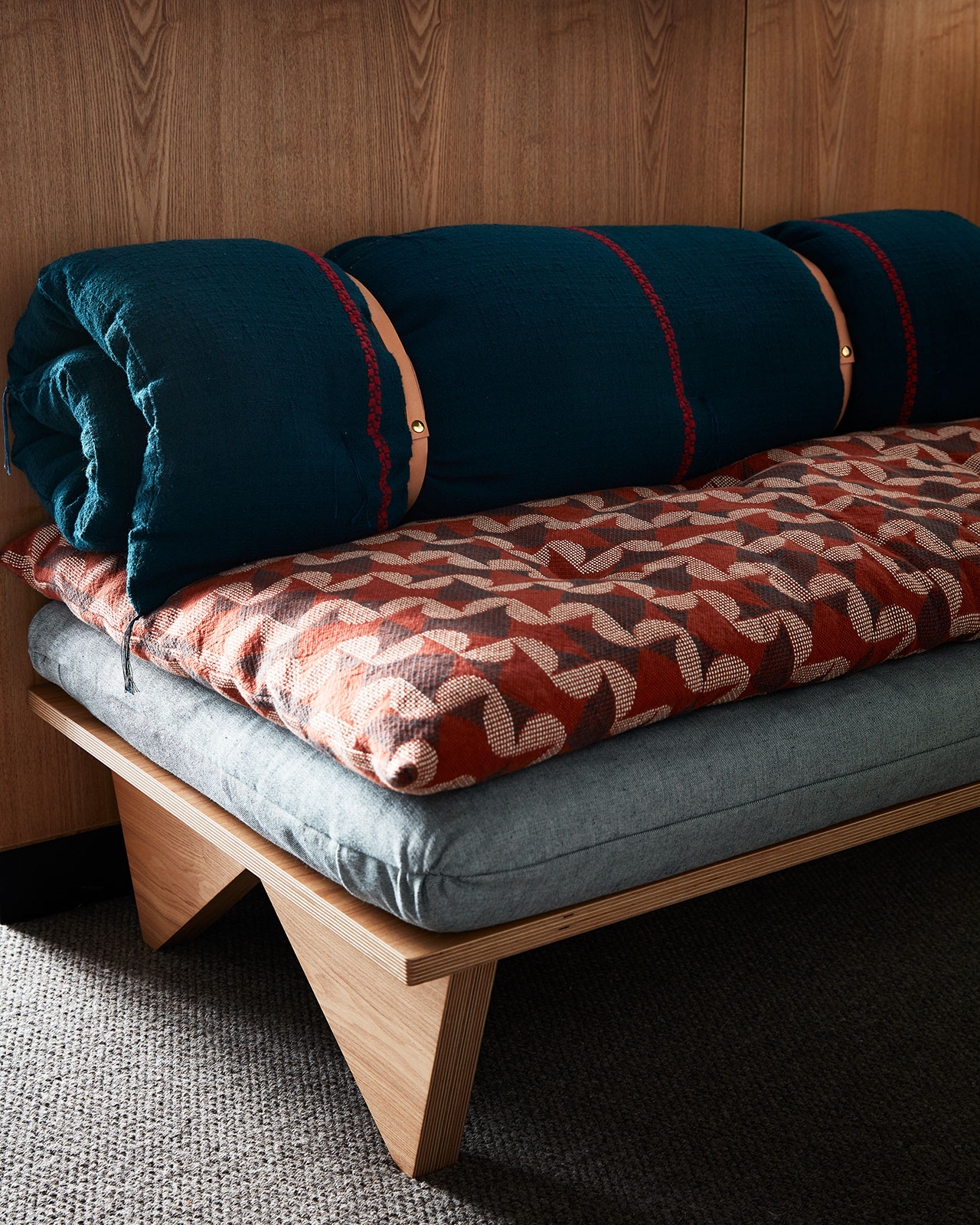
Ace Hotel Kyoto.
Guestroom.
Photo by Stephen Kent Johnson.
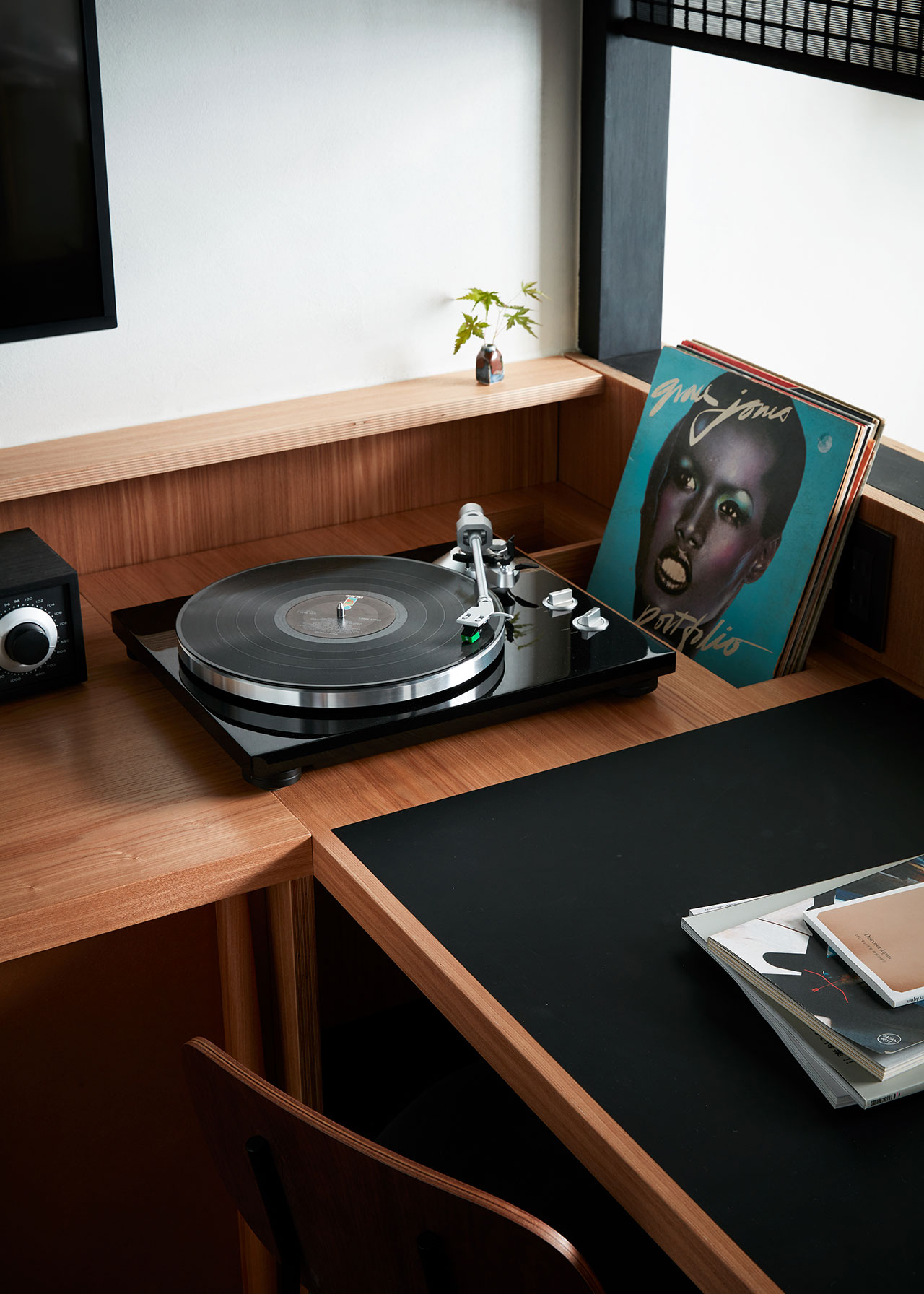
Ace Hotel Kyoto.
Guestroom.
Photo by Stephen Kent Johnson.
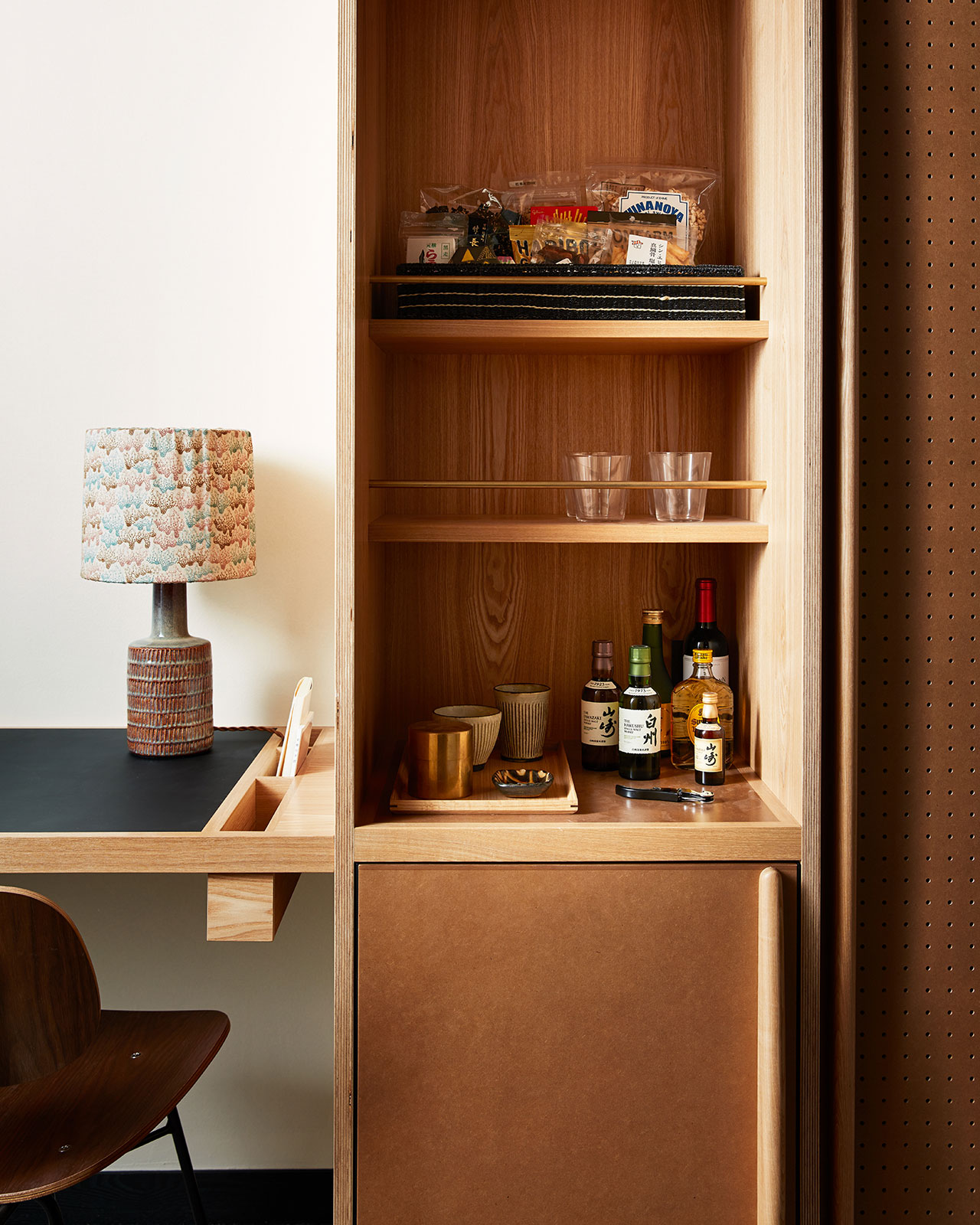
Ace Hotel Kyoto.
Guestroom.
Photo by Stephen Kent Johnson.
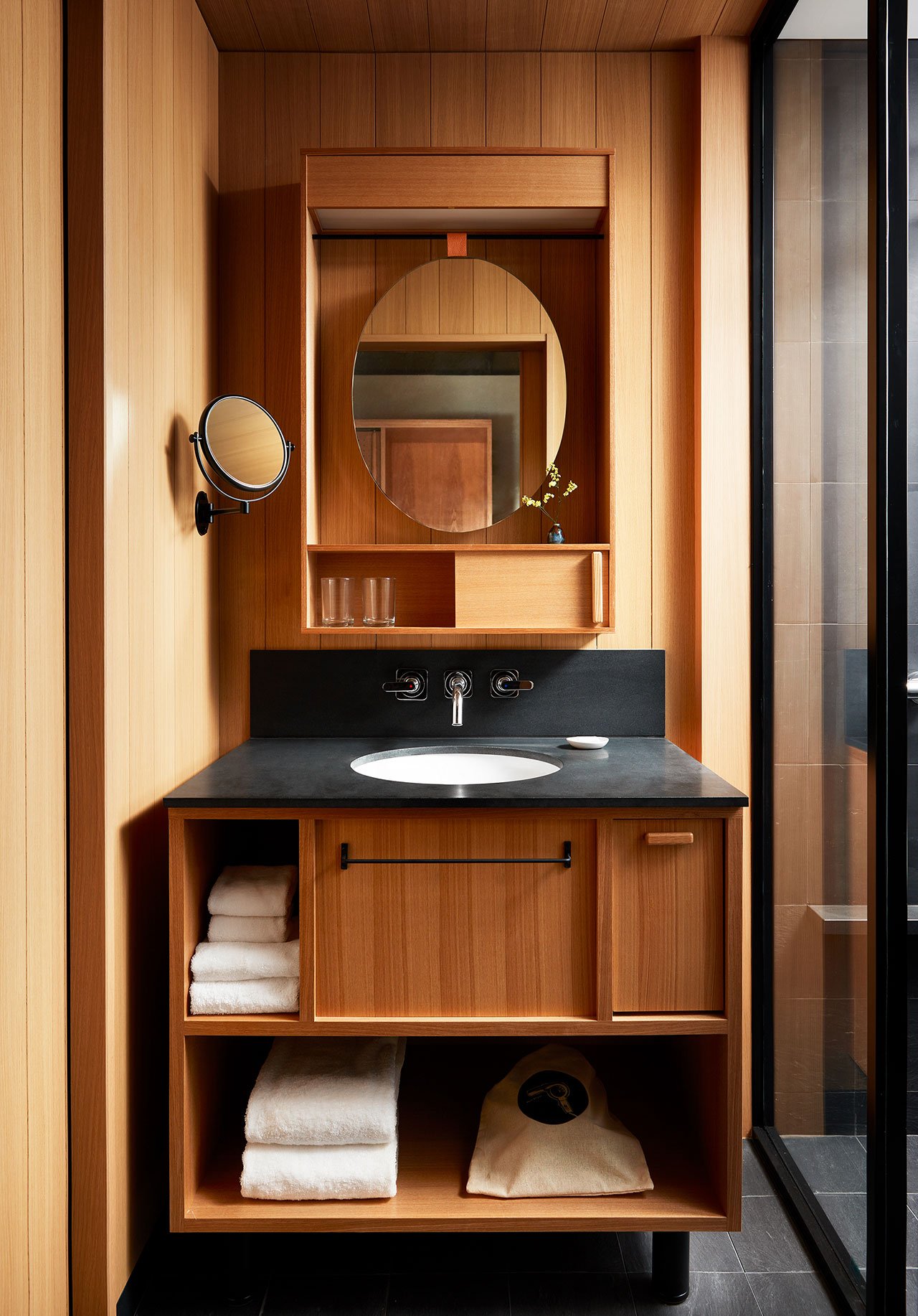
Ace Hotel Kyoto.
Guestroom bathroom.
Photo by Stephen Kent Johnson.
Although the hotel is Ace Hotels’ first venture in Asia, it has been a long way coming, with Japan being on the brand’s radar since its launch 21 years ago. What’s more, as Ace Hotel Group President Brad Wilson remarks, “opening in Kyoto, a city long revered for its rich creative culture, abundance of art and craft and attention to beauty in the details, makes it all the more special”. The hotel not only pays homage to Kyoto’s cultural prominence through its design and cultural programming but also embodies the city’s past and future through its architecture.
Part historic, part new build, Ace Hotel Kyoto occupies the former Kyoto Central Telephone Company, a beloved red brick building design by Japanese modernist master Tetsuro Yoshida in 1926, as well as a new building by Kengo Kuma that forms part of a large redevelopment project. Incorporating a large ground floor marketplace that connects directly to the Kyoto subway line, the hotel’s hybrid building is seamlessly integrated into the city, both historically and physically — not to mention that it’s just a stone’s throw from cultural treasures like the Nishiki Market, the Museum of Kyoto and the Kyoto Art Centre.

Ace Hotel Kyoto.
Elevator lobby.
Photo by Yoshihiro Makino.

Ace Hotel Kyoto.
PIOPIKO bar & taco lounge.
Photo by Yoshihiro Makino.
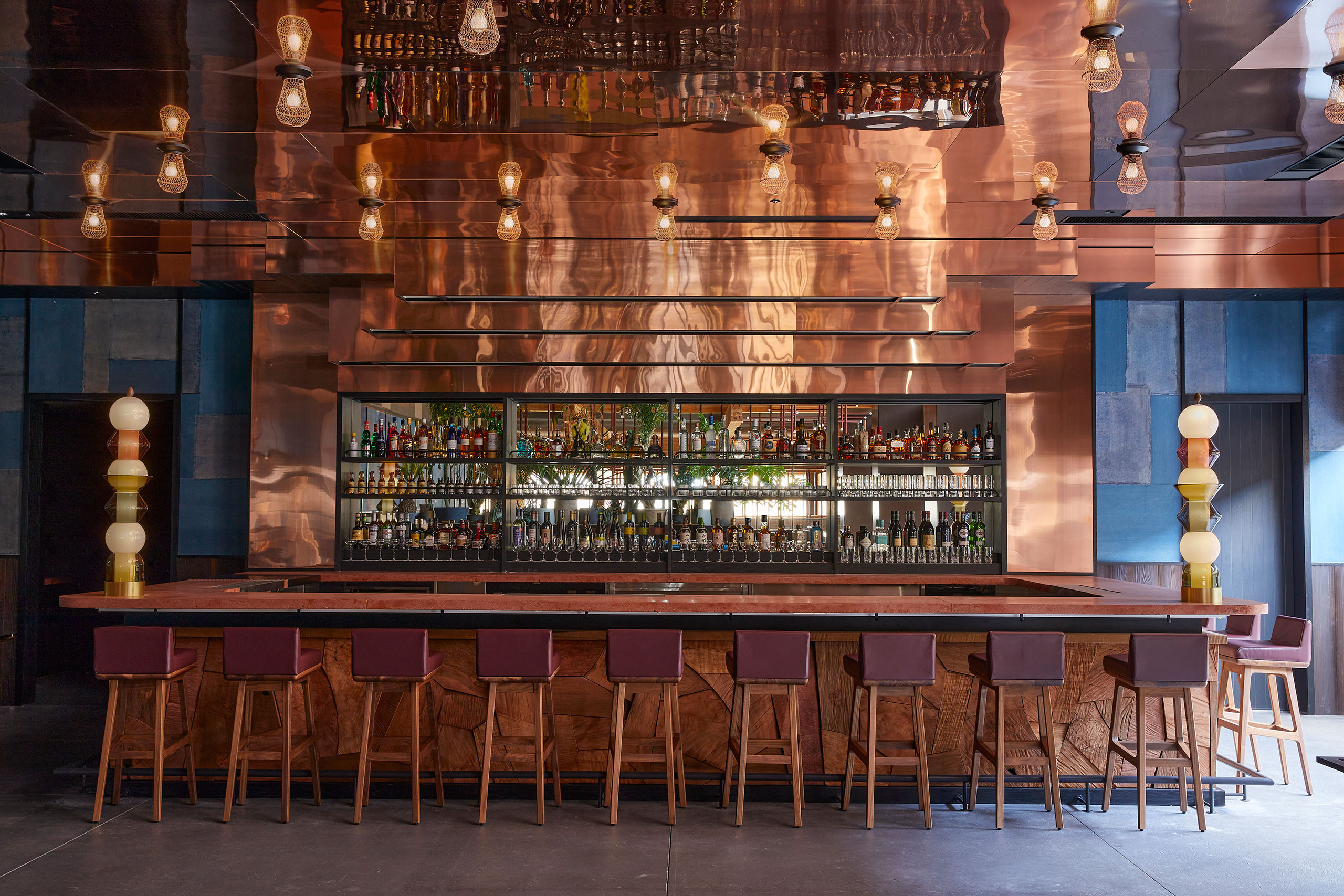
Ace Hotel Kyoto.
PIOPIKO bar & taco lounge.
Photo by Yoshihiro Makino.

Ace Hotel Kyoto.
PIOPIKO bar & taco lounge.
Photo by Yoshihiro Makino.

Ace Hotel Kyoto.
Pre-function room.
Photo by Yoshihiro Makino.
The interior design embraces an East-meets-West philosophy based on the concept of craftsmanship. “The love of the handcrafted is something Commune shares with Ace in a deep way and also with Kengo Kuma”, as Principal of Commune Roman Alonso explaines, “so everyone was on board with the idea from the start”. Inspired by Japanese American artists and designers like Isamu Noguchi, Ruth Asawa and George Nakashima, as well as by Western designers like Charlotte Perriand and Antonin Raymond and their work in Japan, Commune combined a material palette of traditional Japanese finishes like Tamo wood, hand raked stucco, tatami and woven bamboo, with a playful colour palette inspired from the hills surrounding the city and from its many gardens. “The vibrant pops of colour” that jostle the otherwise muted tones of the interiors, Roman explains, “come from the seasonal colours one finds in these beautiful gardens”.
The traditional Japanese finishes and natural colour palette graphically come together in chequered wall panelling, geometric patterns in penny tile flooring, and bold, graphical designs in carpets and textiles. The graphic tone for the entire project was set by 98-year-old Japanese artist Samiro Yunoki as Roman explains. “We were lucky enough to meet and recruit this legendary Mingei artist in the beginning stages of the design process and his work fuelled the project with a graphic optimism and innocence that felt very timely and in the way we had envisioned, very Japanese.” Drawing from the traditional art of stencil-dyeing, Samiro — who also created the hotel’s logo and custom font — prints bold patterns on handmade paper to create unique pieces that fuse Japanese folk crafts with contemporary art, making his work a perfect fit for the hotel’s iconoclastic sensibility of East-meets-West and tradition-meets-modernity.
Samiro’s textiles and banners can be found throughout the hotel, as part of a collection of original art and artefacts by Japanese and American artists and craftsmen, such as the large-scale textile piece above the check-in desk by the Shobu Gakuen, a community for artists with developmental, mental and physical disabilities, neon artwork by the founder of street fashion brand Hysteric Glamour Nobuhiko Kitamura, and sculptural tiles from Shigaraki which line the gallery space and bar.
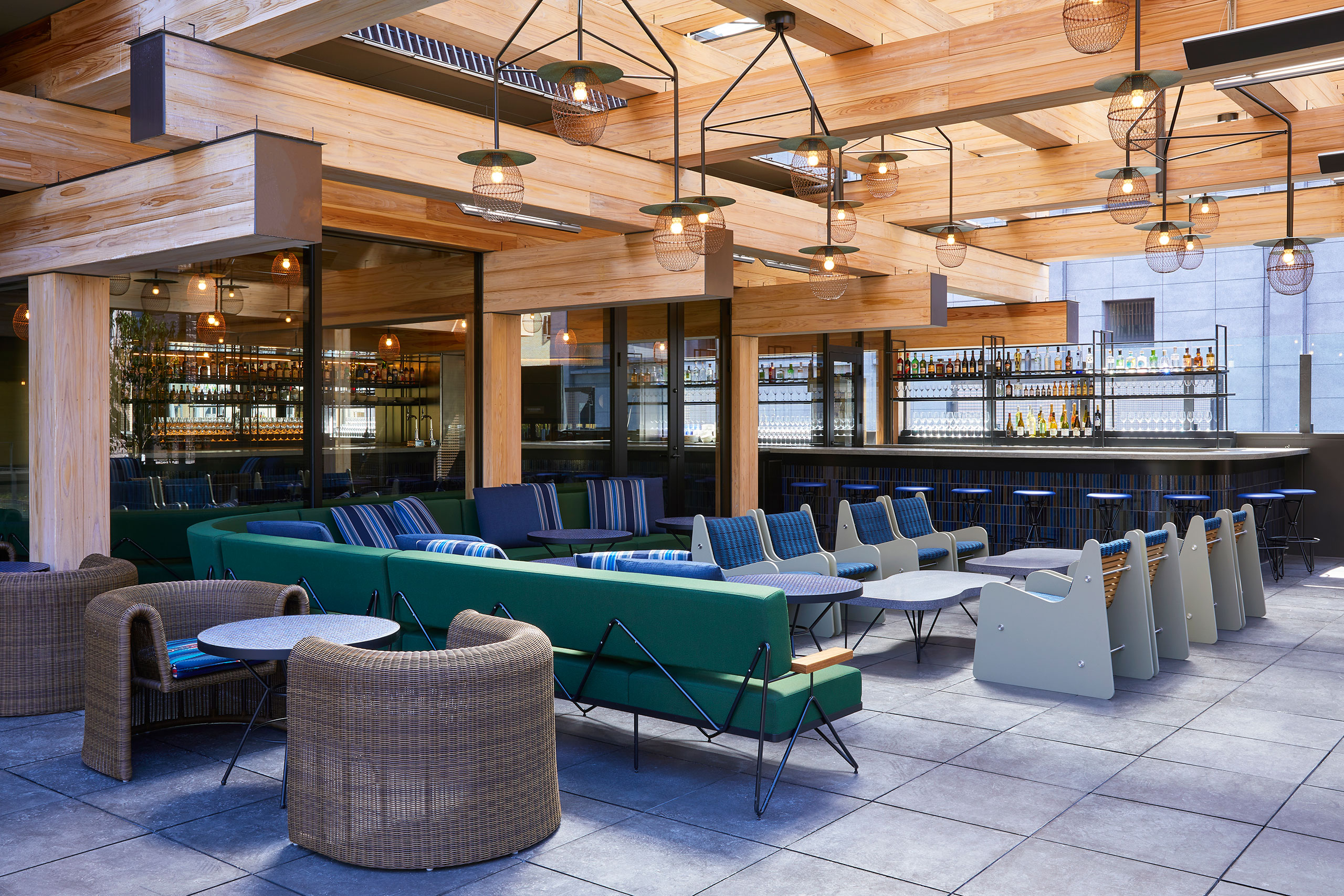
Ace Hotel Kyoto.
Mr. Maurice’s Italian restaurant.
Photo by Yoshihiro Makino.
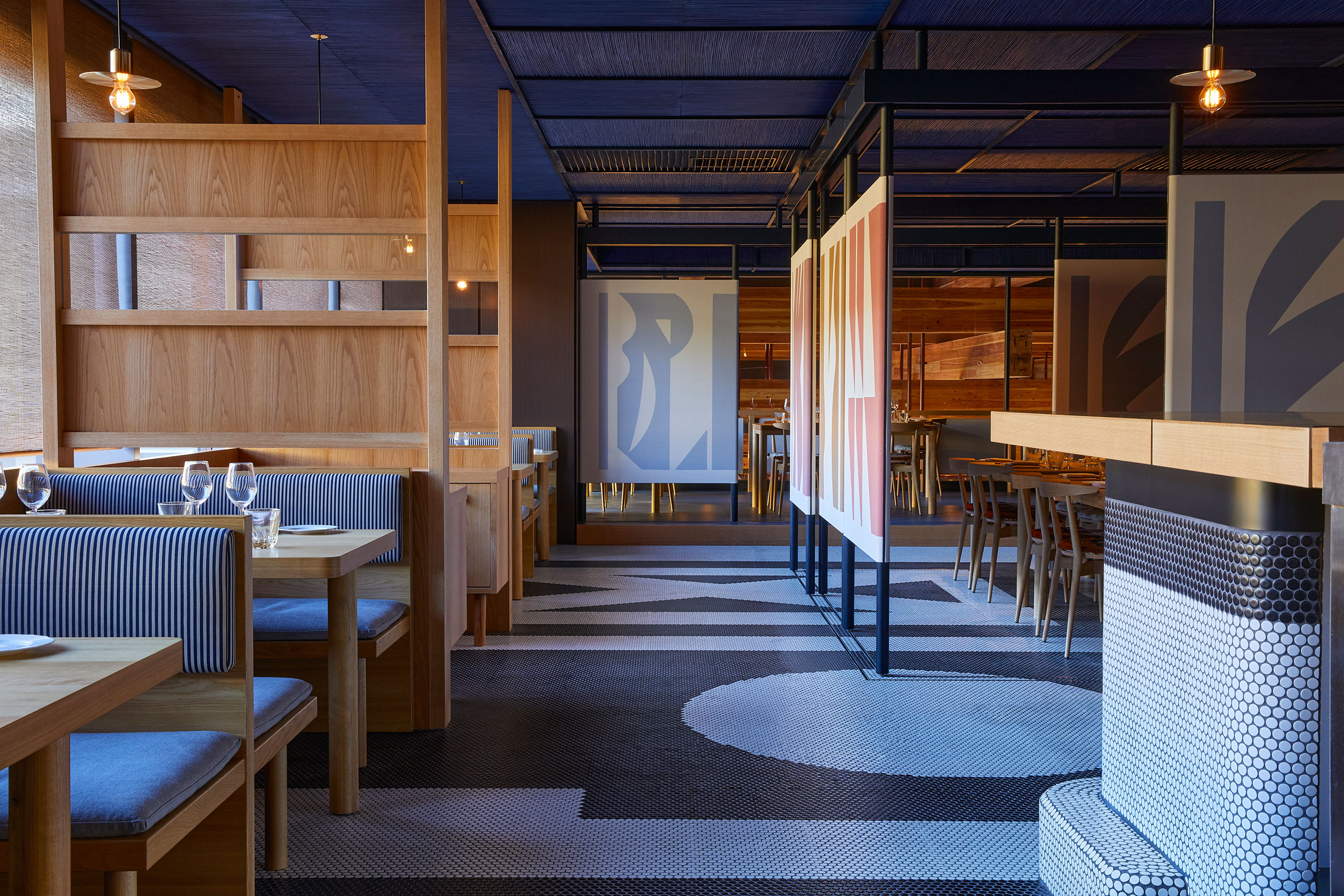
Ace Hotel Kyoto.
Mr. Maurice’s Italian restaurant.
Photo by Yoshihiro Makino.
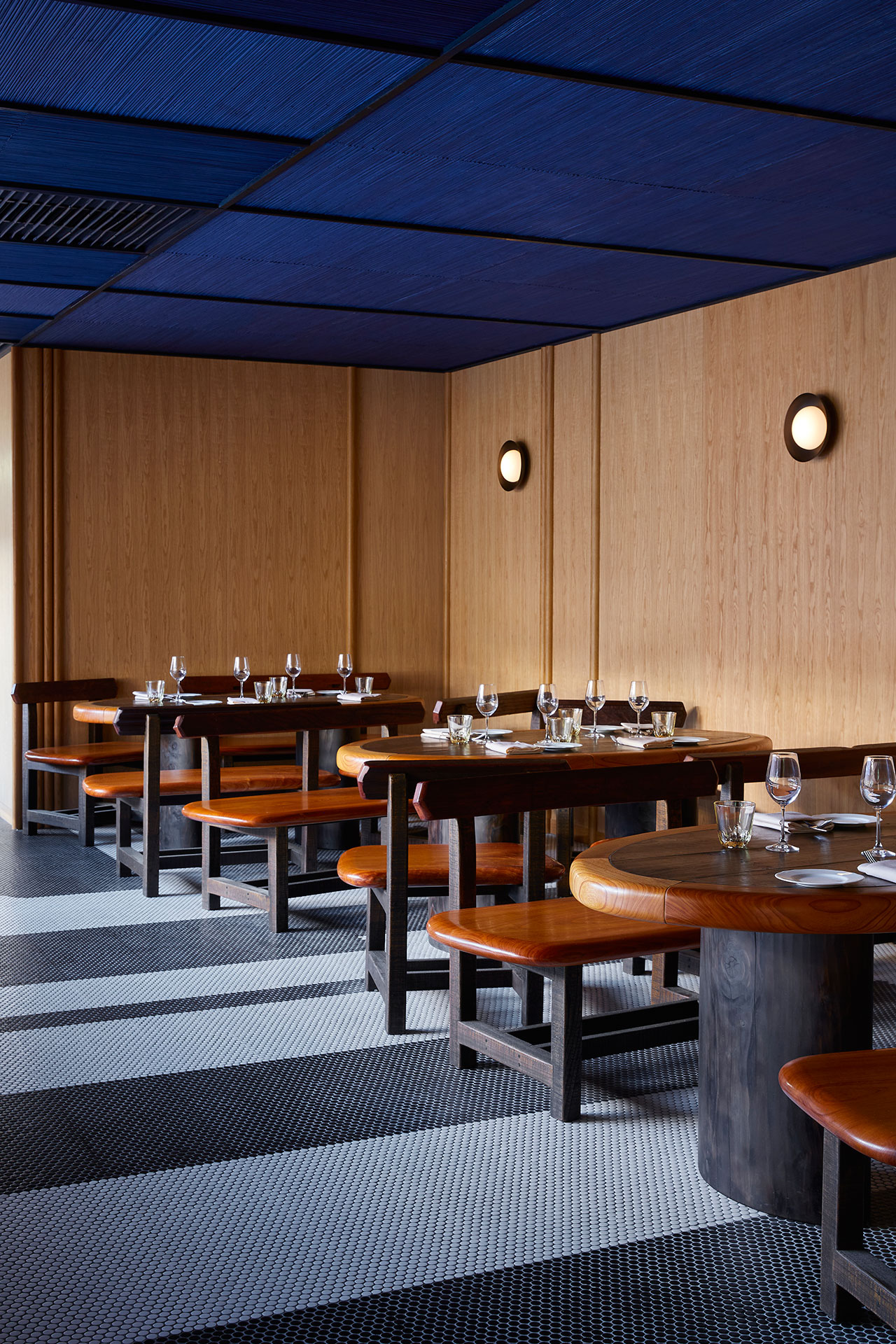
Ace Hotel Kyoto.
Mr. Maurice’s Italian restaurant.
Photo by Yoshihiro Makino.
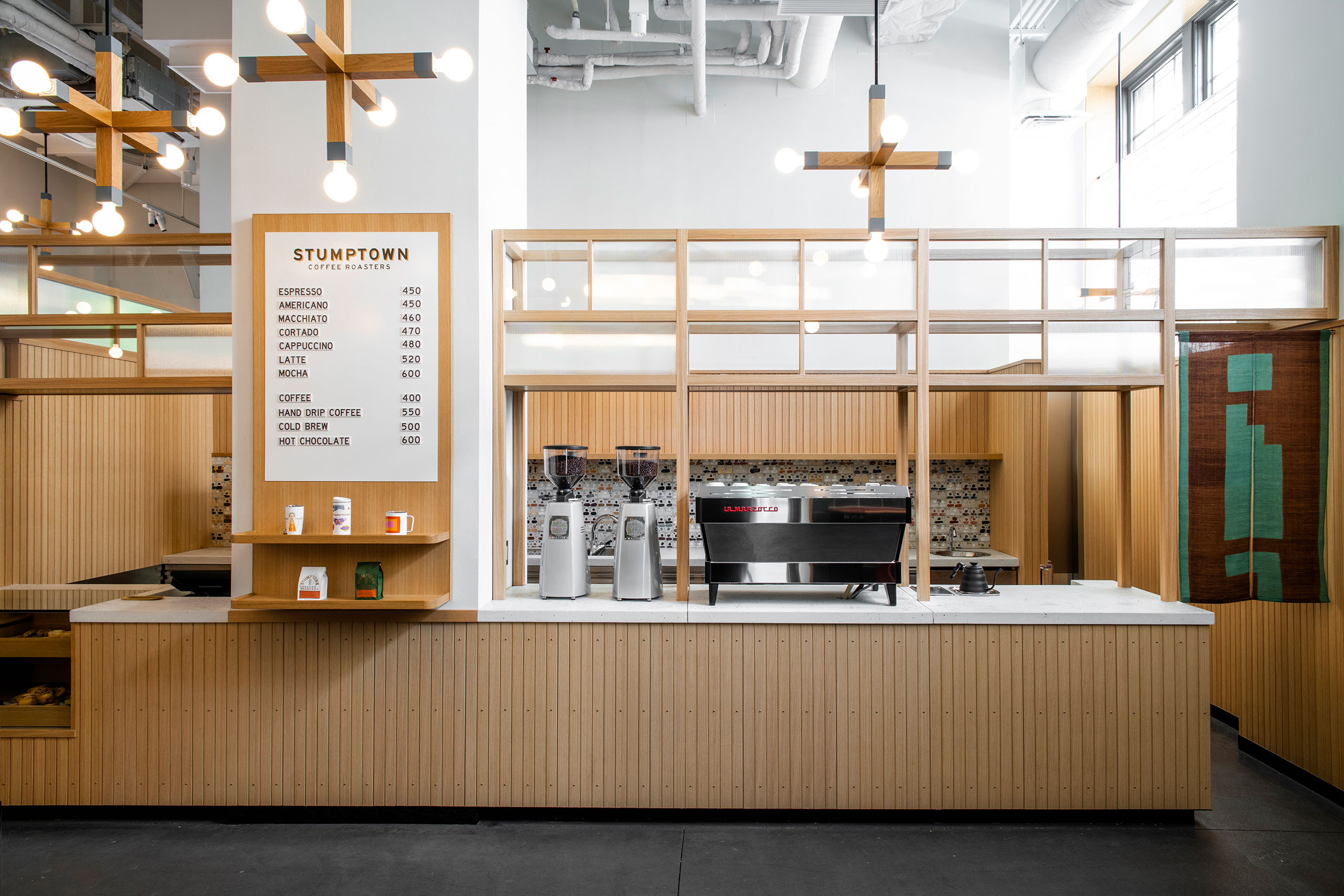
Ace Hotel Kyoto.
Stumptown Coffee Roasters.
Photo by Yoshihiro Makino.
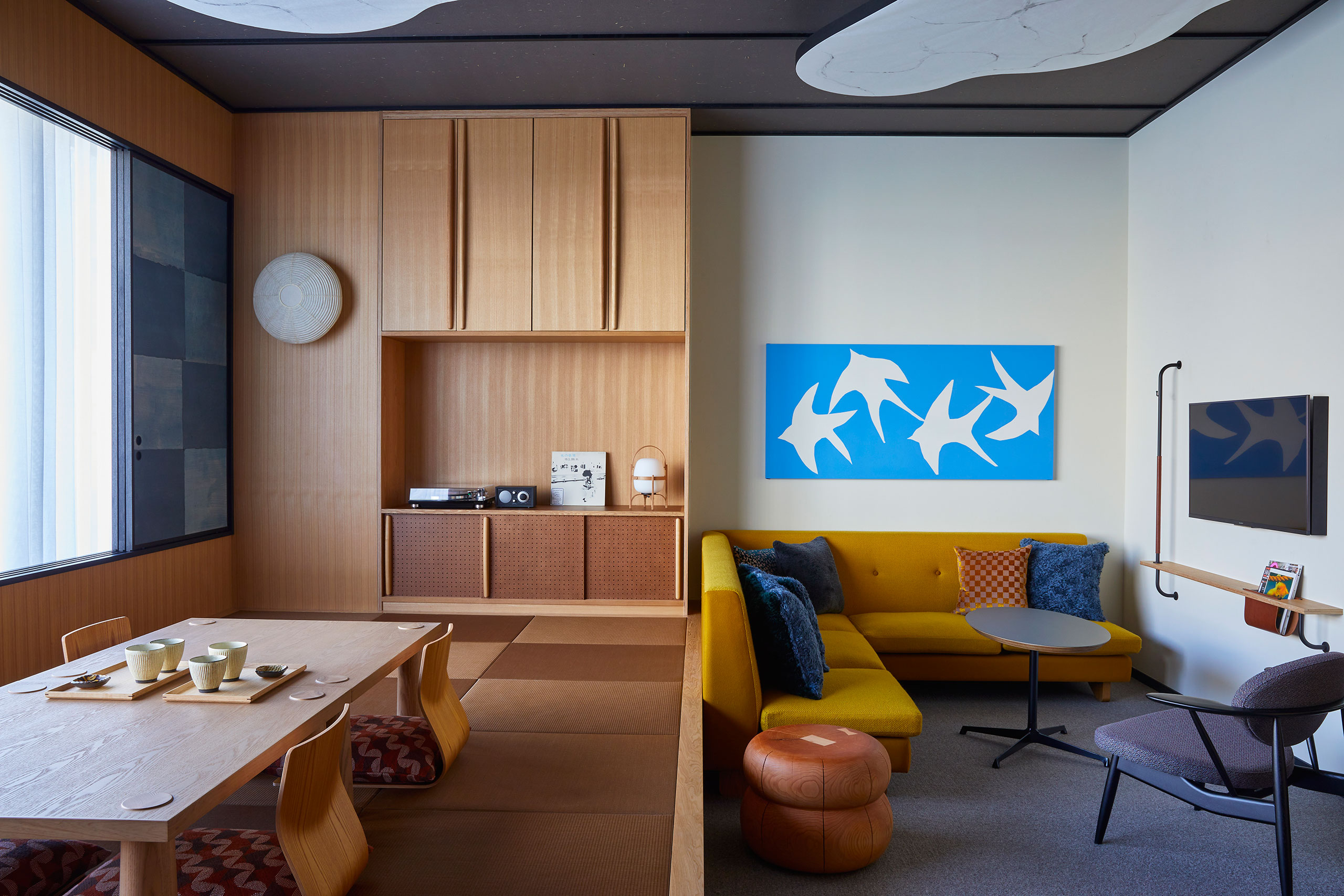
Ace Hotel Kyoto.
Tatami Suite.
Photo by Yoshihiro Makino.

Ace Hotel Kyoto.
Guestroom.
Photo by Yoshihiro Makino.

Ace Hotel Kyoto.
Guestroom bathroom.
Photo by Yoshihiro Makino.

Ace Hotel Kyoto.
Suite bathroom.
Photo by Yoshihiro Makino.
Original artworks by Samiro can also be found in the guestrooms, along custom Pendelton blankets, TEAC turntables, Gibson guitars and other Ace touches. With 213 rooms, ranging from rooms in the historic building that feature high ceilings and arched windows, to terrace rooms with private balconies, to suites with separate dining, bar and living areas, there’s certainly a wide range of options to choose from.
The same is true for the hotel’s culinary offerings, with not one but three distinct venues helmed by legendary US Chefs. The second floor PIOPIKO cocktail bar and taco lounge is Guerrilla Tacos founder Chef Wes Avila’s first Japan outpost where street art meets handmade tortillas meets his take on taco rice. On the rooftop, Mr. Maurice’s Italian, was conceived by the godfather of Italian-American cuisine Chef Marc Vetri as a modern osteria serving no-nonsense pasta and wood fired pizza, while the soon to open all-day restaurant by Oregonian award-winning Chef Naomi Pomeroy (name to be announced) offers American classics alongside views of the hotel's Japanese garden. From early morning coffee (courtesy of Japan’s first Stumptown Coffee Roasters on the ground floor), to dinner, to late night drinks, Ace Hotel Kyoto is truly an all-day destination, just as a cultural hub should be.

Ace Hotel Kyoto.
Guestroom.
Photo by Yoshihiro Makino.
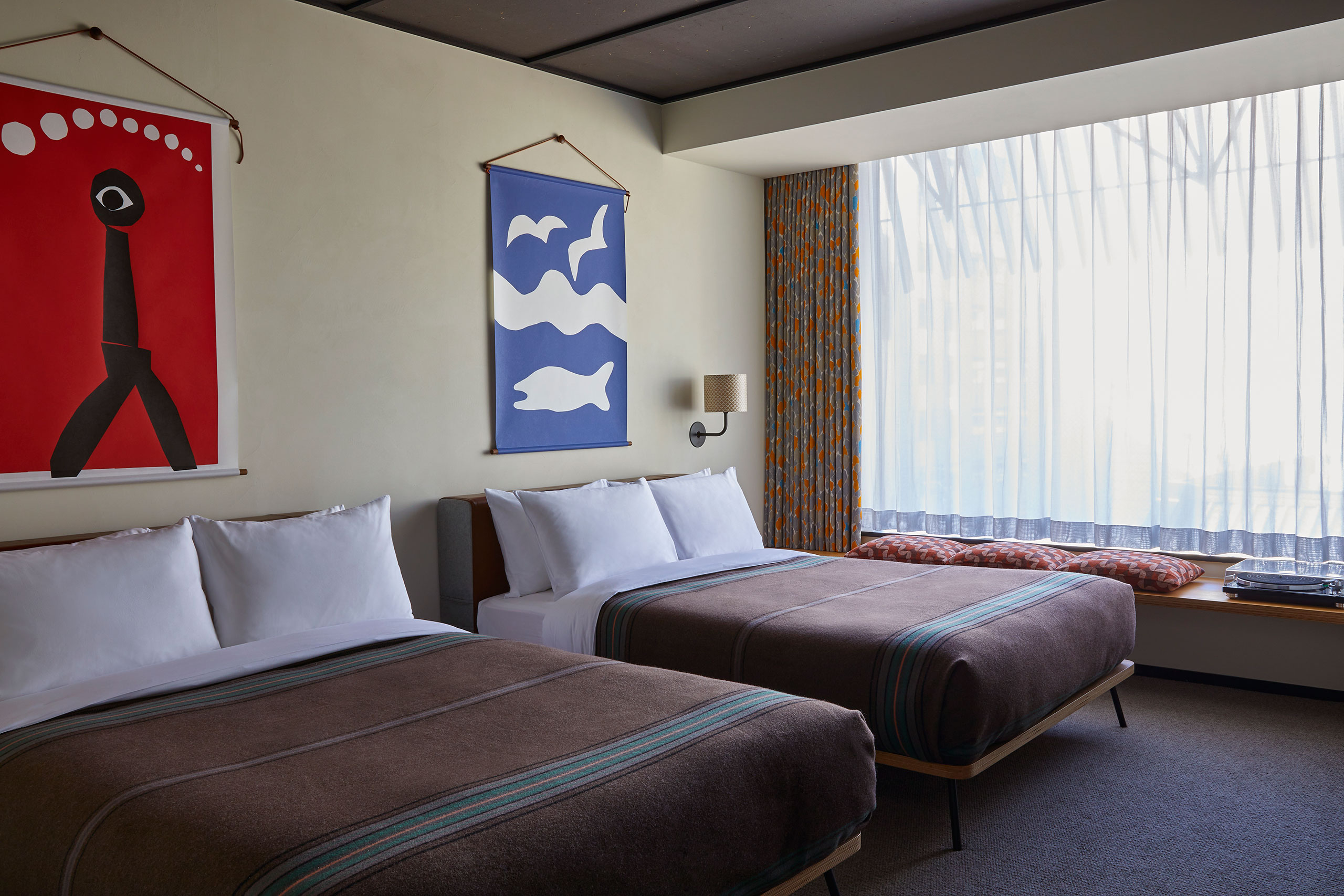
Ace Hotel Kyoto.
Guestroom.
Photo by Yoshihiro Makino.
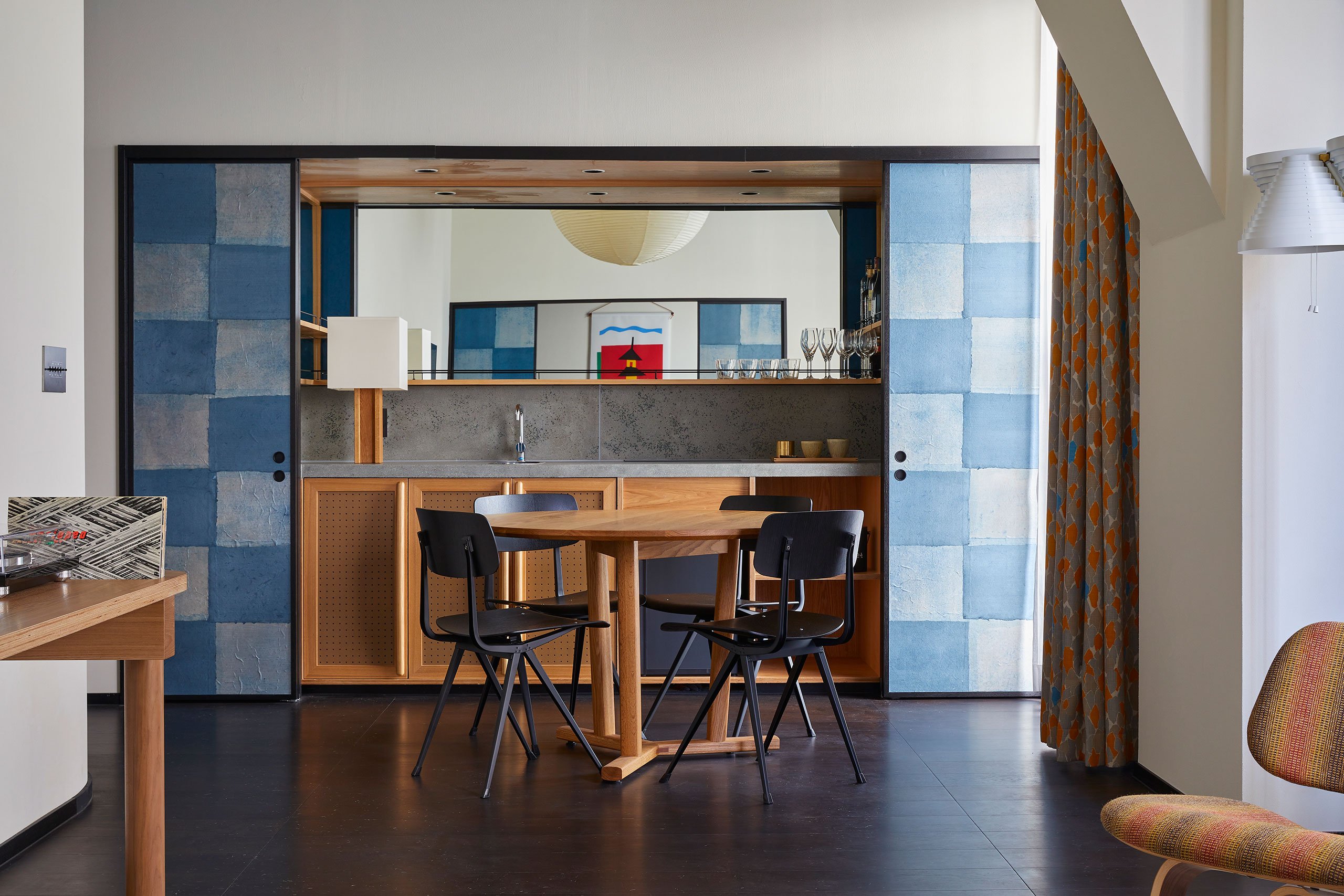
Ace Hotel Kyoto.
Ace Suite.
Photo by Yoshihiro Makino.
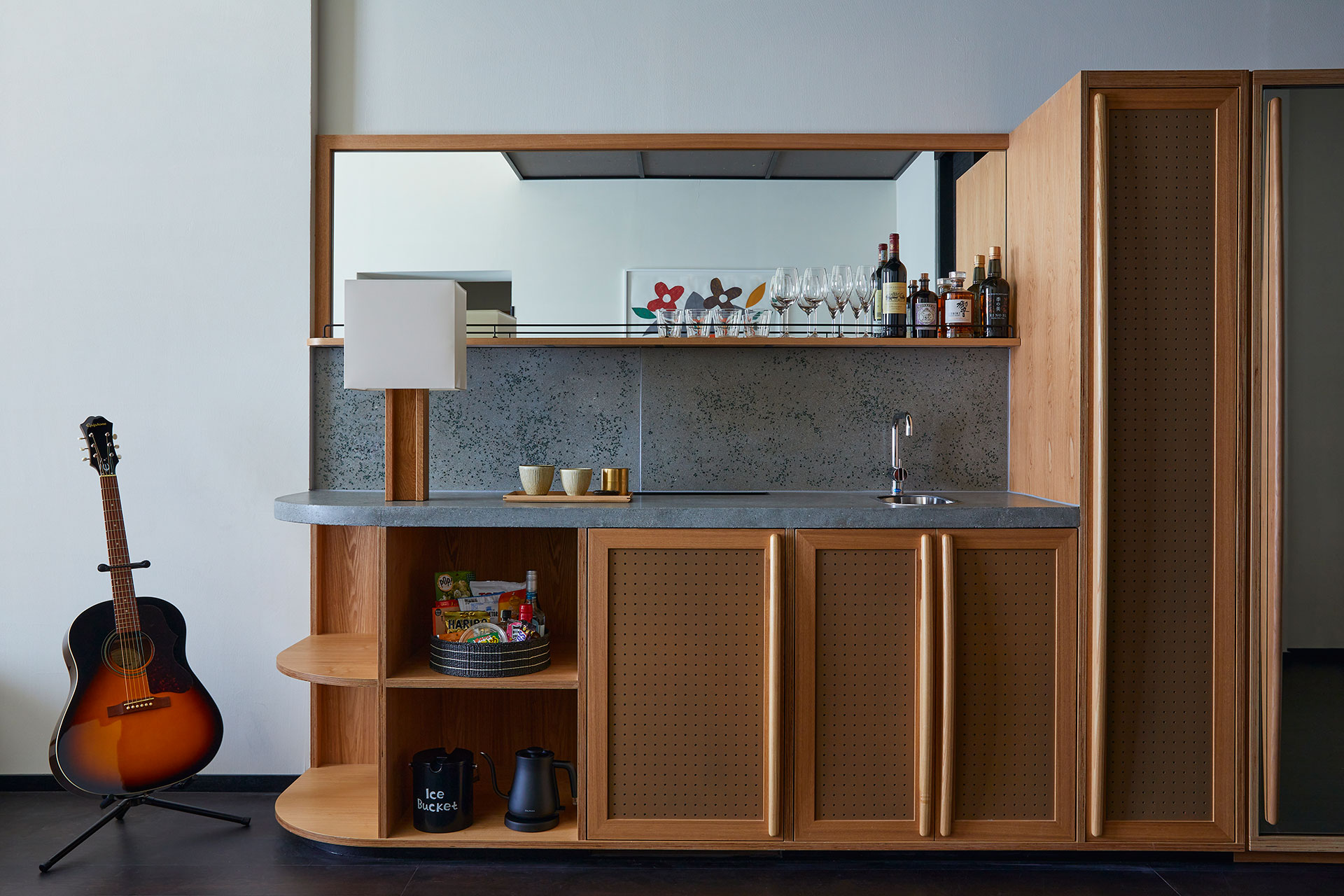
Ace Hotel Kyoto.
Loft Suite.
Photo by Yoshihiro Makino.

Ace Hotel Kyoto.
Loft Suite.
Photo by Yoshihiro Makino.

Ace Hotel Kyoto.
Guestroom bathroom.
Photo by Yoshihiro Makino.
